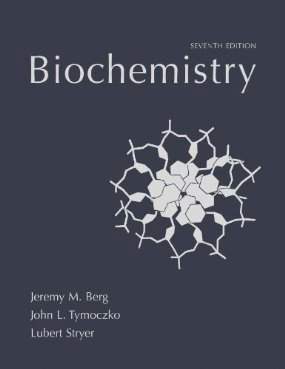Connecting...

For more information, please see full course syllabus of Biochemistry
Biochemistry Fatty Acid Catabolism II
Fatty acid oxidation happens in three phases: beta-oxidation, a citric acid cycle, and oxidative phosphorylation. The overall process reduces oxygen to water and produces ATP. Once the carnitine shuttle has moved a saturated fatty acid into the mitochondrial matrix, it is broken down two carbons at a time into acetyl-CoA in four steps. Each cycle produces 4 ATP. Mono-unsaturated and poly-unsaturated fatty acids follow different pathways because they contain one or more double bonds. Beta oxidation requires the fatty acids to be in a trans configuration, so extra enzymes may be needed to convert cis double bonds or move their location. When drawing out these structures, it can be helpful to label every carbon rather than using line structures to reduce errors.
Share this knowledge with your friends!
Copy & Paste this embed code into your website’s HTML
Please ensure that your website editor is in text mode when you paste the code.(In Wordpress, the mode button is on the top right corner.)
- - Allow users to view the embedded video in full-size.










































 Answer Engine
Answer Engine




2 answers
Last reply by: Swati Sharma
Thu May 23, 2019 6:54 PM
Post by Swati Sharma on May 22, 2019
Dear Dr Raffi,
Would it be possible for you to add or make a video on Cholesterol metabolism
as it is in the MCAT and i would prefer to learn it from you
as i have been studying Biochemistry from the very start fro your lectures.
Thank you
Swati
3 answers
Sat Sep 14, 2013 2:08 AM
Post by Vinit Shanbhag on September 12, 2013
I was wondering how odd chain fatty acids are made, becoz you need a two carbon acetyl coa and a two carbon malonyl coa (after decarboxylation) as precursors.